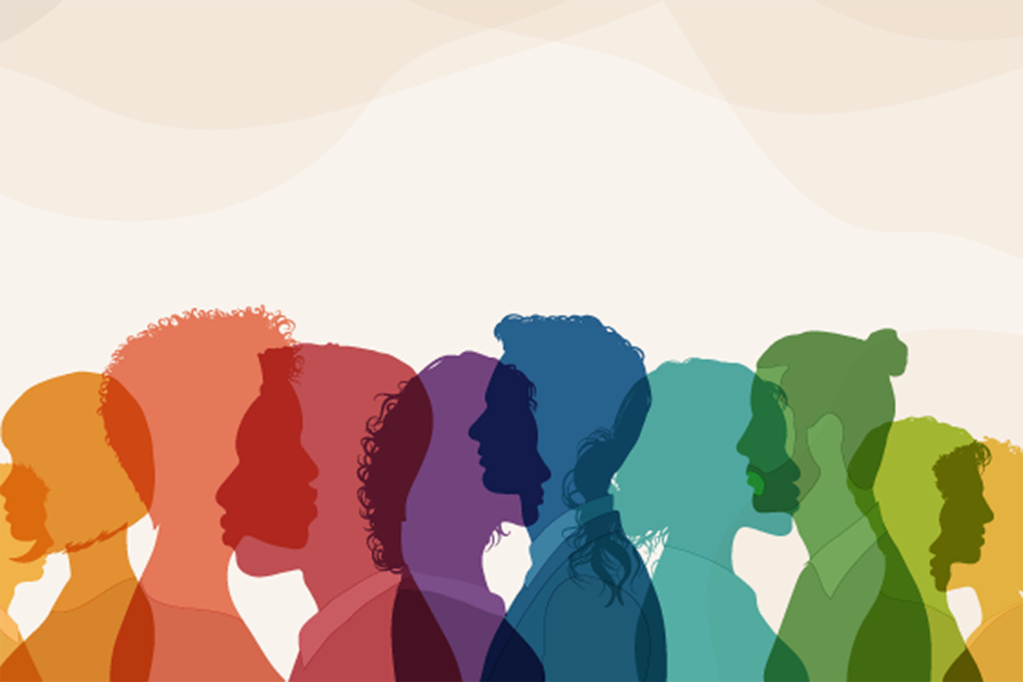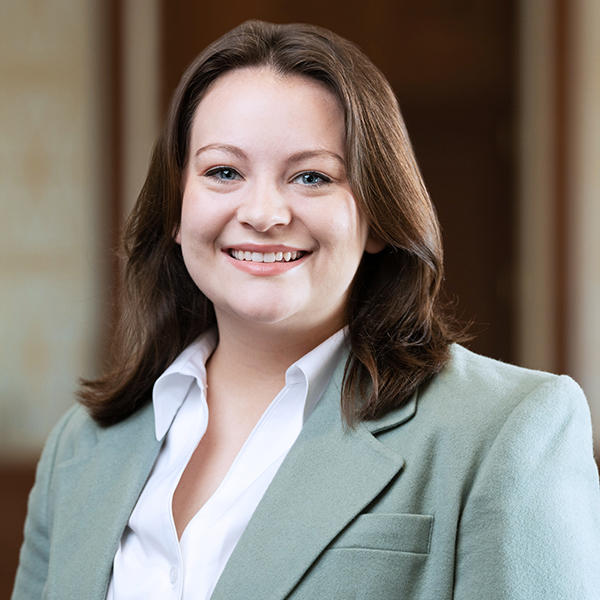Each June, the PrideFest Festival attracts over 300,000 people to downtown St. Louis. We work nearby at the Federal Reserve Bank of St. Louis’ Institute for Economic Equity. We work to support an economy that works for all, regardless of identity, including gender and sexual orientation. Celebrations like PrideFest and Pride month offer time and space to celebrate the LGBTQ+ community. This includes lesbian, gay, bisexual, transgender, queer or questioning, and more individuals.
These events also offer a chance to reflect on the gaps that exist between LGBTQ+ and non-LGBTQ+ adults.
Last year, the St. Louis Fed’s Institute for Economic Equity decided to research how gender identity and sexual orientation relate to economic outcomes. This topic is increasingly important because many young people (over 1 in 5 Gen Z adults) identify as part of the LGBTQ+ community. Our findings show that LGBTQ+ adults had lower incomes and wealth than their non-LGBTQ+ peers. They were also more likely to experience symptoms of anxiety and depression.
In part, these results may be related to discrimination. LGBTQ+ adults are treated differently, and they are less likely to be invited for an interview or offered a job. We found higher rates of employment discrimination in our research as well.
LGBTQ+ adults have fewer savings and are less likely to be homeowners
Income, wealth, and homeownership are all tied to financial stability and mobility.
We found that LGBTQ+ adults had poorer economic outcomes than non-LGBTQ+ adults in all of these three areas. For example, LGBTQ+ adults were more likely to be in low-income households (<$25,000) and less likely to be in high-income households ($100,000+) than non-LGBTQ+ adults.
Part of this finding is likely related to job instability. Uncertainty around work schedules and income can make it tough to plan. Even smaller, short-term decisions – like when to replace your child’s worn-out shoes – are more difficult to make when you don’t know if you’ll make enough money next month to pay for the family’s food.
For LGBTQ+ adults, financial uncertainty is more common.
- About 1 in 5 LGBTQ+ adult households experienced a loss of employment income in 2022.
- More than 1 in 3 had incomes that varied month-to-month.
- Work schedules also varied more than for non-LGBTQ+ adults.
Further, wealth gaps between LGBTQ+ and non-LGBTQ+ adults are also large. Wealth, or what you own less what you owe, is an important personal safety net. Yet, over half (54%) of LGBTQ+ adults had less than $50,000 in household savings and investments in 2021 (compared to only 43% of non-LGTBQ+ adults having that little). And, bisexual women and the group of adults identifying as transgender, nonbinary, and/or a different gender identity had the fewest assets.
Finally, our research showed that significant gaps existed in homeownership as well. Owning a home provides financial as well as psychological safety. It’s also the largest asset for most families. Yet only 44% of LGBTQ+ adults were homeowners in 2021, versus over 66% non-LGBTQ+ adults.
Large differences were present when we looked more closely within the LGBTQ+ group, as seen in the figure below. Again, bisexual women and adults identifying as transgender, nonbinary, and/or a different gender identity were the least likely to own their homes.
Food insecurity, mental health, and discrimination
These economic gaps are certainly troubling. Why do they exist, and what consequences might they have?
Our second article explored these questions. We found that having lower incomes and less wealth had real negative impacts. Almost half of LGBTQ+ adults (45%) found it somewhat or very difficult to pay for usual household expenses such as food, housing and medical costs during the first half of 2022. This was a time when inflation was quite high. Yet, fewer non-LGBTQ+ adults (34%) had the same difficulties.
Many LGBTQ+ adults struggled to pay for food. Almost 1 in 5 were also food insecure. This means that they sometimes or often did not have enough food to eat. Transgender adults were especially likely to experience food insecurity.
Finally, our work found that LGBTQ+ adults were more likely to experience discrimination and mental strain. LGBTQ+ adults were about twice as likely to have experienced discrimination as non-LGBTQ+ adults in 2021. This was especially true while working or applying for a job.
And most LGBTQ+ adults had symptoms of anxiety or depression in 2021. Over 3 in 4 reported feeling anxious and over 2 in 3 reported feeling depression symptoms. While there are many possible reasons for these high levels of mental strain, experiencing discrimination and stress from financial hardship likely play roles.
Moving forward
Despite economic hardship and mental strain, LGBTQ+ groups have experienced financial gains. For example, 42% of LGBTQ+ adults said they were better off financially in 2021 than prior to COVID-19.
Nevertheless, economic gaps remain. As an increasingly diverse society, it’s important to look closely at why these economic inequities persist. Exploring what can be done to promote more equitable economic opportunities is a key step forward. Increased equity can have widespread gains for all of us.



